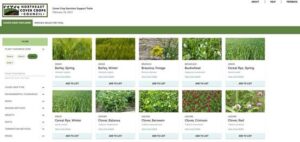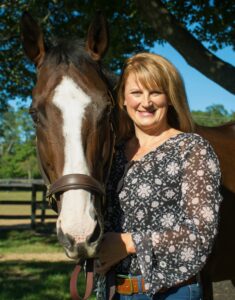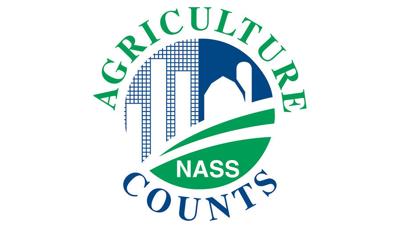The Northeast Cover Crops Council (NECCC) recently released an online tool designed to support farm decision-making around cover crops. The Cover Crop Decision Support Tool is available at no cost at: http://covercrop.tools/. It includes a Cover Crop Explorer that provides in-depth information on more than 35 cover crop species. It also has a Species Selector that assists users in selecting individual cover crops based on plant hardiness zones, field soil and growing conditions, and cover cropping goals.
 More than 35 specialists from around the Northeast and Mid-Atlantic contributed their expertise to develop the tool. The project was spearheaded by the Northeast Cover Crops Council, a group of farmers, researchers, Extension educators and personnel from nonprofits and industry that encourages the adoption of cover crops by fostering the exchange of information, inspiration and outcome-based research. The Council was formed with support from a Northeast SARE Professional Development Program grant. Through this and other USDA funding, the project team collaborated with USDA’s Agricultural Research Service (ARS) and Natural Resources Conservation Service (NRCS), Agricultural Informatics Lab and Precision Sustainable Agriculture to design the tool.
More than 35 specialists from around the Northeast and Mid-Atlantic contributed their expertise to develop the tool. The project was spearheaded by the Northeast Cover Crops Council, a group of farmers, researchers, Extension educators and personnel from nonprofits and industry that encourages the adoption of cover crops by fostering the exchange of information, inspiration and outcome-based research. The Council was formed with support from a Northeast SARE Professional Development Program grant. Through this and other USDA funding, the project team collaborated with USDA’s Agricultural Research Service (ARS) and Natural Resources Conservation Service (NRCS), Agricultural Informatics Lab and Precision Sustainable Agriculture to design the tool.
More information about NECCC and the Cover Crop Decision Support Tool can be found on the NECCC website at: www.northeastcovercrops.com.
 age of 88. After completing his college degree at Rutgers, Bill served our country in the military until 1955 where he earned the rank of First Lieutenant. He then returned to Rutgers, Cook College, to teach and later became an Extension Specialist in Agricultural Engineering. Early in his career, he invented the air-inflated, double-layer polyethylene film system for covering the roof of a greenhouse. Today, approximately 65 percent of all commercial greenhouses in the United States use the air-inflated system. This innovation won Bill many awards and tremendous gratitude from the industry. On a personal note, Bill was most known for his tremendous faith and love for family; especially wife Dottie. For more information about Bill Roberts, please see the beginning pages of the
age of 88. After completing his college degree at Rutgers, Bill served our country in the military until 1955 where he earned the rank of First Lieutenant. He then returned to Rutgers, Cook College, to teach and later became an Extension Specialist in Agricultural Engineering. Early in his career, he invented the air-inflated, double-layer polyethylene film system for covering the roof of a greenhouse. Today, approximately 65 percent of all commercial greenhouses in the United States use the air-inflated system. This innovation won Bill many awards and tremendous gratitude from the industry. On a personal note, Bill was most known for his tremendous faith and love for family; especially wife Dottie. For more information about Bill Roberts, please see the beginning pages of the 
 Please join the Rutgers Hemp Team on Tuesday, February 23 at 9:00 AM
Please join the Rutgers Hemp Team on Tuesday, February 23 at 9:00 AM

